Painter Umberto Boccioni was among the leading theorists and practitioners of Futurism, the first Italian avant-garde movement of the twentieth century.
He was born October 19, 1882 in Reggio Calabria. At the beginning of the 1900s Boccioni moved to Rome, where he frequented Giacomo Balla’s studio and grew close to the Italian “divisionist” movement that advocated putting colors directly on the canvas without mixing them first on a palette.
Disdainful of Italian culture, which he considered outmoded and provincial, Boccioni traveled widely before settling definitively in Milan in 1907.
Boccioni was fascinated by what he saw as a dynamic city at the height of industrial expansion. He painted Officine a Porta Romana and Mattino.
In La Città che sale he pulled away from “divisionism,” focusing instead on synthesizing light and movement. He abandoned perspective: turbines of vertiginous color spun and dove through his painting. This represented his shift into Futurism.
In 1910, along with Gino Severini, Carlo Carrà, Giacomo Balla and Luigi Rùssolo, he signed on to a manifesto that abrogated ties to artistic tradition and promulgated the “aesthetic of speed,” intended to represent the progress and dynamism of modern times.
Boccioni was intrigued by the synchronic relationship between matter: He fused movement, memories and sounds. In Visione simultanee, buildings were piled one on top of another to invoke a parallel geometry.
In later paintings, reality was increasingly filtered through the painter’s mood and put onto the canvas transformed.
The human shape in the triptych of the “Stati d’animo,” for example, is little more than quick, oblique brushstrokes when in motion, and vertical ones when at rest.
In 1912, Boccioni participated in the first Futurist group show in Paris. These years were marked by frenetic activity as he sought to synthesize form and color.
The same year, he published “A technical manual for Futurist sculpture,” in which he applied Futurist experimentation to sculpture.
Even sculpted shapes showed differing kinds of dynamism: bulkiness created by movement; the persistence of images in the eye; the representation of space through the motion of a single body.
When World War One broke out, Boccioni headed for the front. He continued painting but abandoned the Futurist experiment, focusing instead on volume and monumentalism as they applied to the human form.
He died on August 16, 1916 following a bad fall from a horse. He was 33.
His artwork, all produced in less than a decade, represents a major Italian contribution to twentieth-century avant-garde art.
He was born October 19, 1882 in Reggio Calabria. At the beginning of the 1900s Boccioni moved to Rome, where he frequented Giacomo Balla’s studio and grew close to the Italian “divisionist” movement that advocated putting colors directly on the canvas without mixing them first on a palette.
Disdainful of Italian culture, which he considered outmoded and provincial, Boccioni traveled widely before settling definitively in Milan in 1907.
Boccioni was fascinated by what he saw as a dynamic city at the height of industrial expansion. He painted Officine a Porta Romana and Mattino.
In La Città che sale he pulled away from “divisionism,” focusing instead on synthesizing light and movement. He abandoned perspective: turbines of vertiginous color spun and dove through his painting. This represented his shift into Futurism.
In 1910, along with Gino Severini, Carlo Carrà, Giacomo Balla and Luigi Rùssolo, he signed on to a manifesto that abrogated ties to artistic tradition and promulgated the “aesthetic of speed,” intended to represent the progress and dynamism of modern times.
Boccioni was intrigued by the synchronic relationship between matter: He fused movement, memories and sounds. In Visione simultanee, buildings were piled one on top of another to invoke a parallel geometry.
In later paintings, reality was increasingly filtered through the painter’s mood and put onto the canvas transformed.
The human shape in the triptych of the “Stati d’animo,” for example, is little more than quick, oblique brushstrokes when in motion, and vertical ones when at rest.
In 1912, Boccioni participated in the first Futurist group show in Paris. These years were marked by frenetic activity as he sought to synthesize form and color.
The same year, he published “A technical manual for Futurist sculpture,” in which he applied Futurist experimentation to sculpture.
Even sculpted shapes showed differing kinds of dynamism: bulkiness created by movement; the persistence of images in the eye; the representation of space through the motion of a single body.
When World War One broke out, Boccioni headed for the front. He continued painting but abandoned the Futurist experiment, focusing instead on volume and monumentalism as they applied to the human form.
He died on August 16, 1916 following a bad fall from a horse. He was 33.
His artwork, all produced in less than a decade, represents a major Italian contribution to twentieth-century avant-garde art.
RELATED
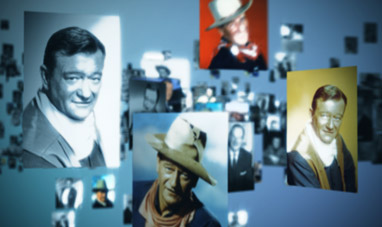

JOHN WAYNE
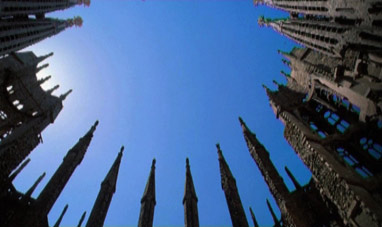

ANTONI GAUDÍ
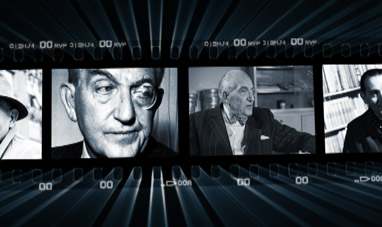

FRITZ LANG
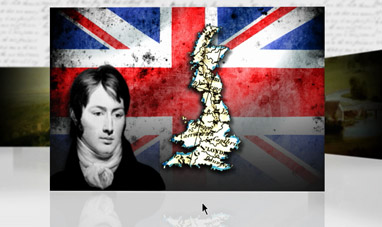

JOHN CONSTABLE
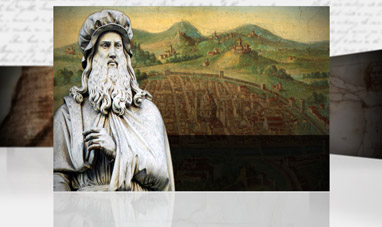

LEONARDO DA VINCI
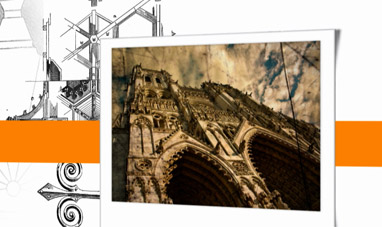

EUGÈNE VIOLET-LE-DUC
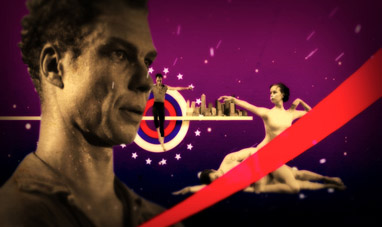

MERCE CUNNINGHAM
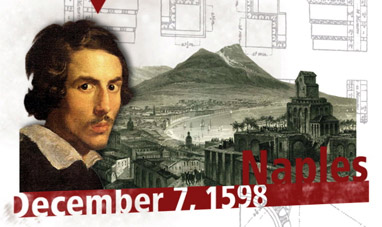

GIANLORENZO BERNINI
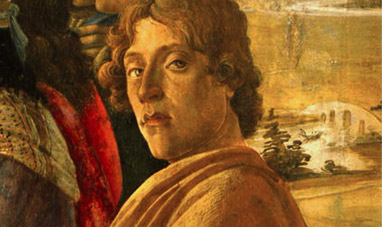

SANDRO BOTTICELLI
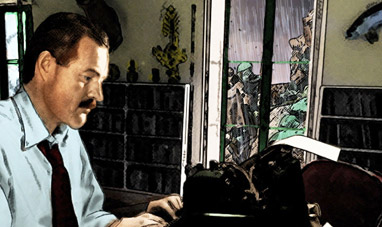

ERNEST HEMINGWAY


EMILY DICKINSON
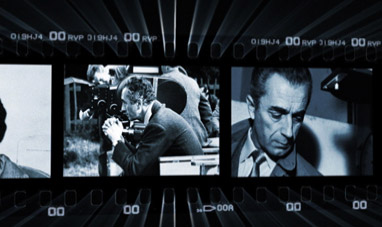

MICHELANGELO ANTONIONI
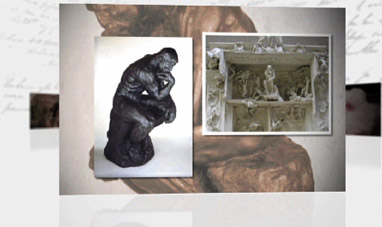

AUGUSTE RODIN
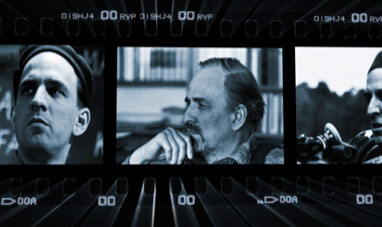

INGMAR BERGMAN


JEAN AUGUSTE DOMINIQUE INGRES


STANLEY KUBRICK
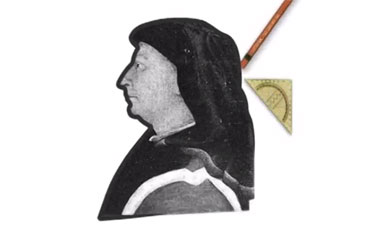

FILIPPO BRUNELLESCHI
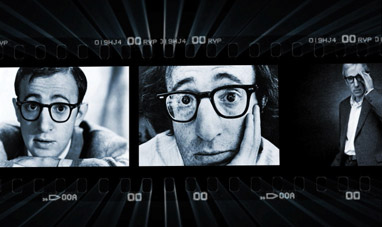

WOODY ALLEN


RENZO PIANO


VITTORIO DE SICA
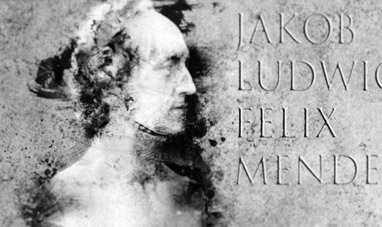

FELIX MENDELSSOHN
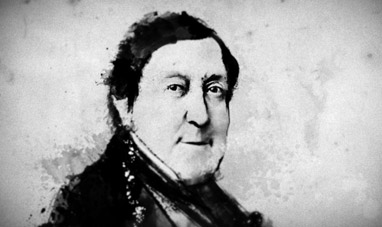

GIOACCHINO ROSSINI
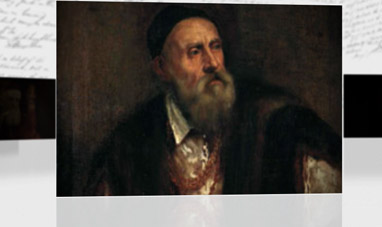

TITIAN


CHARLES BUKOWSKI


JOHANNES BRAHMS
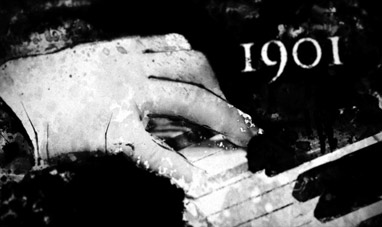

SERGEI RACHMANINOFF
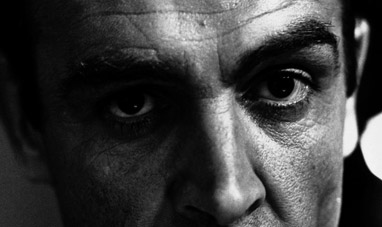

SEAN CONNERY
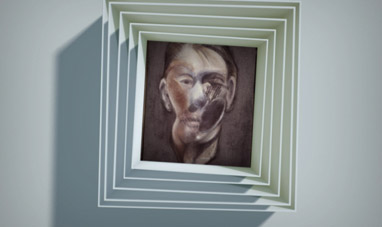

FRANCIS BACON
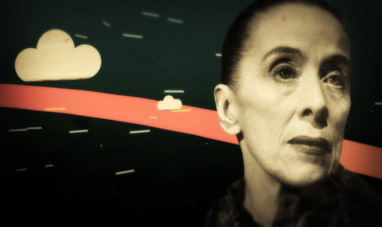

MARTHA GRAHAM
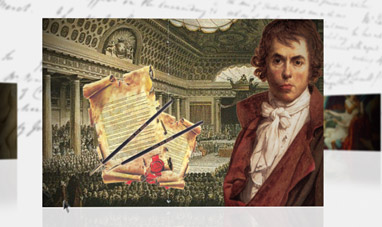

JACQUES LOUIS DAVID


ANDREI TARKOVSKY


FRANK LLOYD WRIGHT


MIES VAN DER ROHE


EURIPIDES


JOEL AND ETHAN COEN
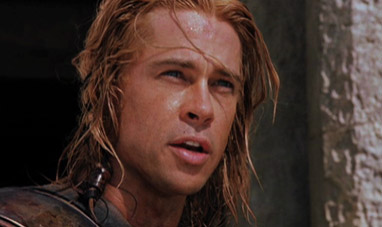

BRAD PITT
